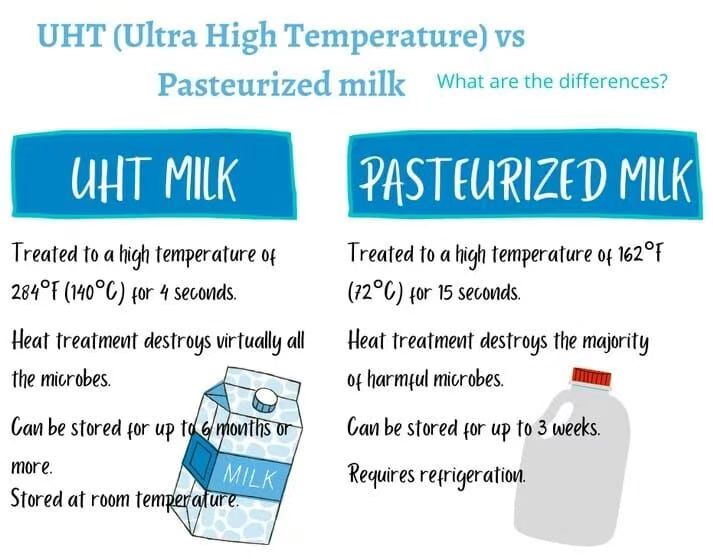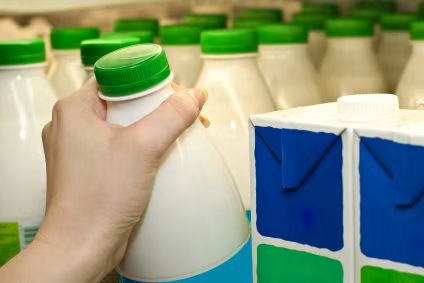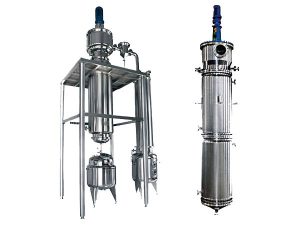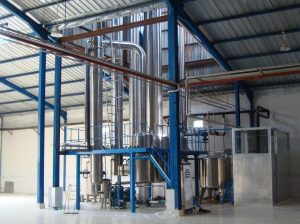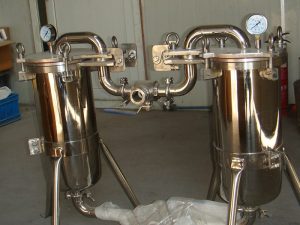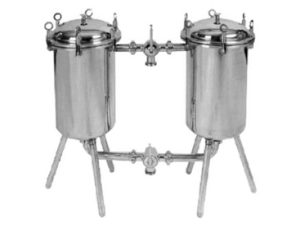As health trends evolve and consumers become more conscious about their food choices, many are paying closer attention to what’s written on dairy product labels. Terms like “cultured milk” and “pasteurized milk” often appear side by side—but what do they actually mean? Are they the same thing? And if not, which is better?
In this blog, we will break down the differences between cultured and pasteurized milk, explore their production processes, and clarify any confusion between them. As a manufacturer of professional pasteurizers including coil, plate, and tubular systems, Zhongbo aims to help you understand the value of each and how pasteurization plays a foundational role in safe and healthy dairy products.
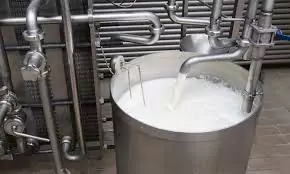
Table of Contents
ToggleAbout Pasteurized Milk and Cultured Milk
What Is Pasteurized Milk?
Pasteurized milk is milk that has been heat-treated to eliminate harmful microorganisms such as Salmonella, Listeria, and E. coli. This process is essential for ensuring food safety and extending the shelf life of dairy products without significantly altering their nutritional value.
There are several common methods used in milk pasteurization. Plate pasteurizers are widely used for high-volume processing; they heat the milk by passing it between heated stainless steel plates, offering fast and energy-efficient performance. Tubular pasteurizers, on the other hand, are better suited for thicker or more viscous dairy liquids, such as cream or milk with added ingredients. These systems use tubular heat exchangers to maintain consistent temperatures throughout the product. Coil pasteurizers provide additional flexibility and are often applied to smaller batch processes or specialized production lines that require a compact, adaptable design.
Each method offers unique advantages depending on the application, but all aim to achieve the same result: safe, high-quality milk that meets health regulations and consumer expectations.

What Is Cultured Milk?
Cultured milk, also known as fermented milk, is milk that has been inoculated with specific strains of beneficial bacteria, such as Lactobacillus or Bifidobacterium. These bacteria ferment lactose, the natural sugar in milk, and convert it into lactic acid. This process not only gives cultured milk its characteristic tangy taste but also produces a range of health-promoting probiotics.
Most cultured milk products are made from pasteurized milk. The pasteurization process comes first to remove harmful microbes, after which live cultures are added to begin fermentation.
Common Types of Pasteurized and Cultured Milk Products
| Product Type | Pasteurized or Cultured | Description |
|---|---|---|
| Regular Milk | Pasteurized | Heat-treated to remove harmful bacteria; used as a beverage or ingredient. |
| Yogurt | Cultured (from pasteurized milk) | Fermented with specific bacteria to create a thick, probiotic-rich product. |
| Kefir | Cultured (from pasteurized milk) | Tangy, drinkable dairy with probiotics and slight effervescence. |
| Buttermilk | Cultured (modern version) | Tart dairy product made by fermenting low-fat milk; used in cooking and baking. |
| Sour Cream | Cultured (from pasteurized cream) | Fermented cream with a rich, tangy flavor used in dips, sauces, and toppings. |
| UHT Milk | Pasteurized (Ultra-High Temp) | Shelf-stable milk heated at very high temperatures for long storage. |
| Ultra-Pasteurized Milk | Pasteurized (Higher Temp) | Treated to extend shelf life while retaining refrigeration requirements. |
Pasteurized milk serves as the foundation for a wide range of dairy products, including both standard and cultured varieties. Regular pasteurized milk is typically consumed as a beverage or used as a base ingredient in various recipes. However, once beneficial bacteria are introduced, it becomes the starting point for cultured milk products. One of the most popular cultured dairy products is yogurt, made by fermenting milk with strains such as Lactobacillus bulgaricus and Streptococcus thermophilus. Yogurt is known for its creamy consistency, tangy flavor, and probiotic benefits. Kefir, another cultured product, is a fermented milk drink that offers a thinner texture and a slight effervescence due to its fermentation with a combination of bacteria and yeast known as kefir grains. Buttermilk, traditionally a byproduct of butter churning, is now commonly produced by culturing low-fat milk to achieve its mildly sour taste. Sour cream is created by fermenting cream with lactic acid bacteria, resulting in a rich, velvety texture that enhances both savory and sweet dishes. Additionally, milk can undergo ultra-pasteurization or UHT (ultra-high temperature) treatment, allowing it to be shelf-stable for extended periods. While not cultured, these versions are important in dairy processing for their convenience and long shelf life.
Six Key Differences Between Cultured and Pasteurized Milk
| Key Aspect | Pasteurized Milk | Cultured Milk |
|---|---|---|
| Process | Heated to kill harmful bacteria | Fermented by adding beneficial bacteria after pasteurization |
| Purpose | Ensure safety and extend shelf life | Enhance flavor, texture, and add probiotic health benefits |
| Bacteria | Harmful and beneficial bacteria are destroyed | Specific probiotics like Lactobacillus are introduced |
| Taste & Texture | Mild flavor, liquid consistency | Tangy or sour taste, texture ranges from drinkable to thick |
| Health Benefits | Retains nutrients like calcium and protein | Supports digestion, gut health, and nutrient absorption |
| Shelf Life | Typically 7–21 days depending on processing | Often slightly longer due to natural preservation from fermentation |

1. Process
Pasteurized milk is heated to a specific temperature for a defined time to kill harmful microorganisms. In contrast, cultured milk undergoes fermentation after pasteurization, where live bacteria are introduced to convert lactose into lactic acid.
2. Purpose
The primary goal of pasteurization is safety—eliminating disease-causing bacteria. The purpose of culturing is to enhance flavor, texture, and health benefits through the introduction of probiotics.
3. Bacteria
Pasteurization destroys both harmful and beneficial bacteria. Culturing reintroduces select beneficial bacteria into the milk, creating a probiotic-rich product that can support digestive health.
4. Taste and Texture
Pasteurized milk has a clean, mild taste with a liquid consistency. Cultured milk products vary in taste from slightly tangy to sour and range in texture from thin and drinkable to thick and creamy.
5. Health Benefits
Pasteurized milk retains its natural nutrients, including calcium, protein, and vitamin D. Cultured milk offers additional health benefits, such as aiding digestion, improving gut microbiota, and enhancing nutrient absorption thanks to its probiotic content.
Learn More: Does Pasteurizing Milk Kill Nutrients?
6. Shelf Life
Pasteurized milk typically has a shelf life of 7–21 days depending on the processing method and storage conditions. Cultured milk may last slightly longer due to the presence of lactic acid, which acts as a natural preservative. Ultra-pasteurized or UHT milk can last several months unopened.
Conclusion
While cultured milk and pasteurized milk are closely related, they are not the same. Pasteurization is a safety process applied to raw milk, while culturing is a fermentation process that follows pasteurization. Each serves a unique purpose—pasteurization ensures safety and shelf stability, while culturing transforms milk into a probiotic-rich product that can benefit digestive and immune health.
For dairy producers, understanding these differences is crucial when selecting the right milk treatment equipment. At Zhongbo, we offer advanced coil, plate, and tubular pasteurizers designed to meet the evolving needs of the dairy processing industry. Whether you’re producing safe drinking milk or preparing it for cultured products, our systems ensure high efficiency, hygiene, and quality every step of the way.
Learn More: Homogenized Milk vs Pasteurized Milk: 9 Key Differences

